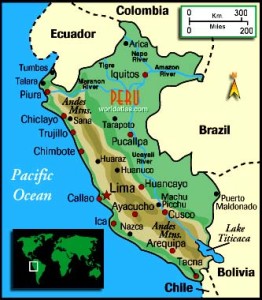
Where and Why?
Not so long ago I took a work trip to Casa ITA, a jungle research and conservation center run by the Inka Terra Association and located in the Amazonian Rainforest. To get there I took about a 12 hour overnight bus from Cusco to Puerto Maldonado, a town located in the Tambopata region of western Peru and pretty close to the Bolivian boarder. From there it was another 50 minute boat-ride down the Madre de Dios River and a 15 minute hike to arrive at the station. My mission was to get to know the project, take part in all activities, meet the staff and ultimately decide if Casa ITA would be suitable place to send foreign volunteers. I’m pleased to say that it surpassed all of my expectations!!!
Background on the project…
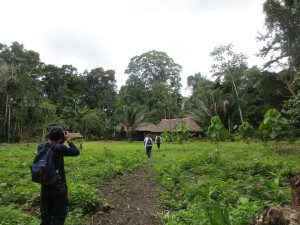
Casa ITA was started back in March of 2001 with the mission of promoting biodiversity through scientific research and the education of local people. They hope to establish sustainable ecotourism which will support biodiversity and contribute to the prosperity of the communities in the area. To accomplish this they have partnered with a number of organizations such as the World Bank and the National Geographic Society to develop conservation, education and communal development programs. They currently protect over 15,000 hectacres of the Amazon rainforest in the low basin of the Madre de Dios river. Since it began, Casa ITA has already discovered 21 new species of plants and animals! (1)
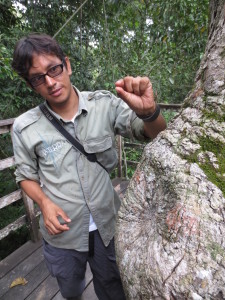
The flood…
From December to February of 2014 the Casa ITA site suffered greatly from a flood which destroyed all of the crops and much of the infrastructure on its property. According to the staff there, this type of flood comes around about once every 50 years or so. They claim at its worst the water level was 2 meters above ground level. Fortunately the flood has passed and right now they are in the process of rebuilding damaged infrastructure and replanting all of the lost crops, among other projects…
The site…
While at the project I was privileged to meet all of the staff, visit most of the grounds and take part in the volunteer work and scientific research. I lived in a large dorm with a group of 7 other volunteers and some staff members and ate some of the most delicious food ever cooked in the dining hall by the project’s chef named Trinidad. The facilities were very clean and comfortable. There was netting up everywhere to protect us from the mosquitoes and each bed had its own mosquito net, too. The showers were cold, but that was actually a quite pleasant change from the humid and sticky weather you might expect to encounter in the rainforest.
Every day was different, but a typical schedule involved waking up early for breakfast and then heading out to work on one project or another until lunch. After lunch we would have maybe an hour or so to relax before heading out for the afternoon’s shift. We would get back at around 5 or 6pm, shower and rest before eating dinner. The dining hall always had clean water, yummy coffee, fruits and other snacks available for us and there was even a TV!
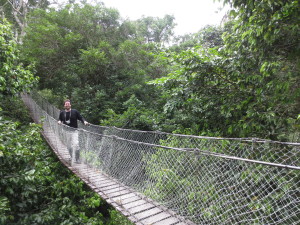
The Canopy and Anaconda Walks…
Without question, my favorite (and the most terrifying) part of my time there was the canopy walk. It’s basically a bridge system build 30 meters (100 feet) above the ground and suspended between the biggest, most stable trees in the area. The entire system is about 300 meters long and it is used primarily as a way for scientists to observe animals and plant-life in the area. I won’t lie; walking across the bridges was pretty scary at first. The four wires and multiple planks of wood which kept them all together did not instill confidence in me, and the longer bridges were especially wobbly. The trees, too, swayed visibly as the winds blew past us. Despite this, the views were pretty spectacular and after a while the terror turned to enjoyment and it was disappointing when we crossed the final bridge and had to descend the stairs back to the ground floor.
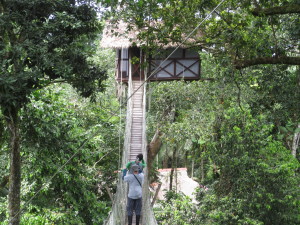
Also notable about the canopy walk is that there is a “hotel room” built in the trees and the only way to access it is by using the bridge system. It was one of the coolest hotel rooms that I have ever seen, but the price was even scarier than the bridges… $1,800 an night!!!
Casa ITA also hosts an “Anaconda Walk” which is basically a 300 meter deck system build over the swamp lands. Similarly to the canopy walk, it is used mainly for animal observation but in this case it can be walked either during the day or at night. Each experience is unique, and I found the night walk more enjoyable at the animals, especially the frogs, were much more active and vocal.
Lake Valencia and Piranha Fishing…
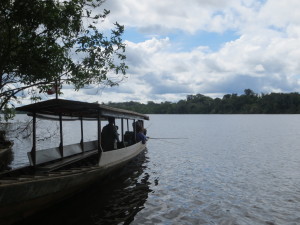
Another unforgettable day at Casa ITA involved taking a 2.5 hour boat ride to Lake Valencia and another ITA station. Here they are growing organic Brazil nuts to help fund the research projects taking place. They currently have one farm and hope to build more by the end of the year. Volunteers would be able to help with construction, planting and harvesting.
While there we ate delicious food, were able to go for a swim, and even went piranha fishing!!! We were equipped with fishing poles made out of sticks, one piece of wire and a hook and we had some trout which we used for bait. These piranhas were tricky little guys to catch, but eventually I caught one and did the other volunteers travelling with me. We brought one back with us and tried it for dinner… pretty tasty!
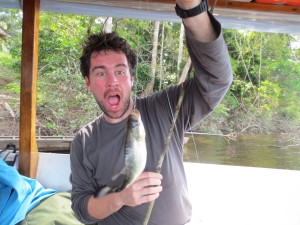
Major Projects…
Many of the project locations at Casa ITA are only accessible by boat; therefore, I spent a fair bit of time cruising along the Madre de Dios river, as well as other rivers and lakes to be able to visit most of the expansive ITA property. Because of the flood, much of the work at the moment involves rebuilding infrastructure and the replanting crops, but when ITA is 100% operational there are many awesome projects taking place there, and most of them are organic farm related. Casa ITA wants to develop organic “Amazonian” greenhouses and is trying to grow as many different species of jungle plants and fruits as possible. They also have Brazil nut farms and are using the profits from all of these crops to help fund further research.
Scientific Projects and Education…
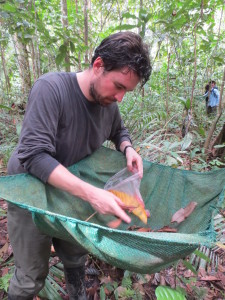
Casa ITA hosts a number of scientists from all over the world who are studying many different aspects of biodiversity and the health of the jungle. There is also an education center where talks are held to share knowledge and inform the local population about the importance of protecting the jungle. Among other things, these are some of the research projects that volunteers will be able to take part in. I was lucky to be there when seed collecting was taking place and was able to help out for one full morning…
- every 6 months – researchers collect wooden stakes to study the growth and types of mushrooms growing in the jungle
- every month – for 3 days researchers trap and tag birds to check for type and health of species in the jungle
- every 15 days – researchers collect fallen seed from 196 nets placed around the jungle to check for distribution and plant re-growth rates.
Amazing staff and Volunteers!
The entire staff was knowledgeable, super hardworking, friendly and accessible to any request. They clearly love their work and sharing their knowledge with anyone interested in learning. I am very grateful to have spent time working with them and all of the volunteers who shared the experience with me and I hope to go back again soon. Needless to say, my recommendation was to begin sending volunteers there immediately!!!
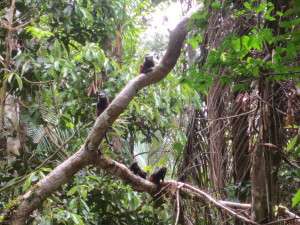
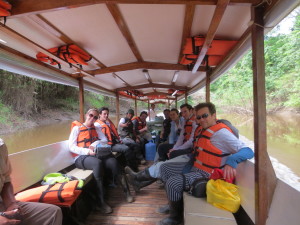
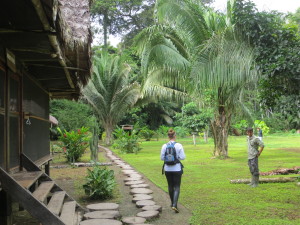
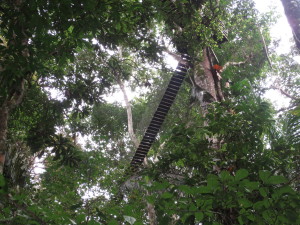
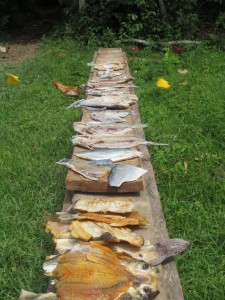
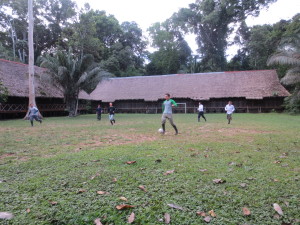
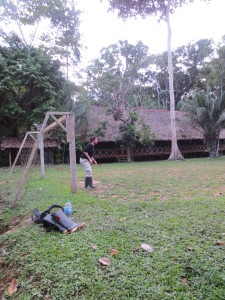
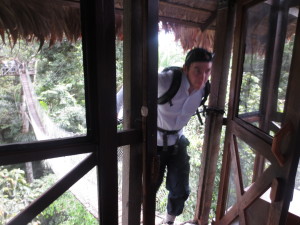
Bibliography:
1) “NGO Inka Terra Asociacion – ITA.” NGO Inka Terra Asociacion – ITA. N.p., n.d. Web. 07 June 2014. <http://inkaterraasociacion.wix.com/inkaterraasociacion#!aboutus/crrl>.
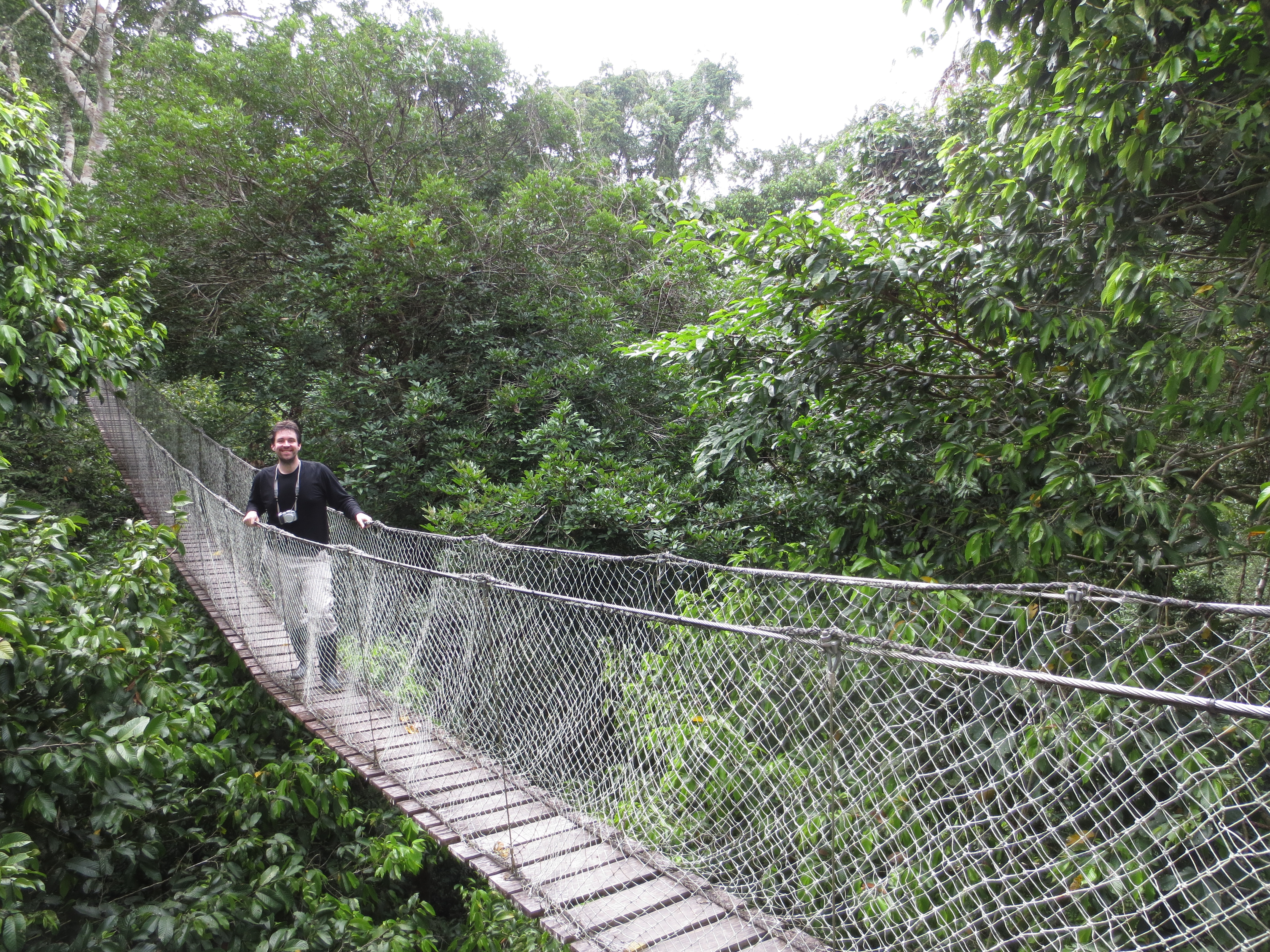
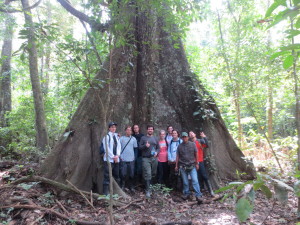
I feel so proud of you, I realised that this work it’s more than funny perfect to U, keep the courage to make different things!Thumbs up baby 🙂